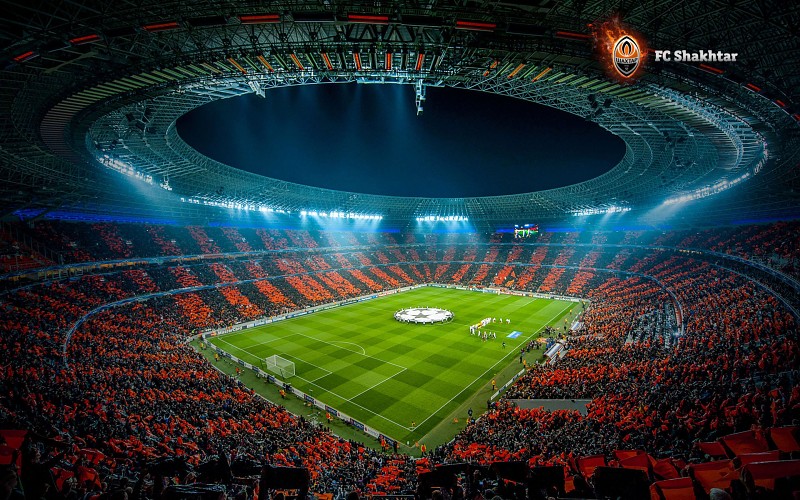Multipurpose Stadium Using Solar Cooling Technology
Modern stadium design- Since the days of Ancient Greece and Rome, the stadium concept has developed considerably, however, to reflect the specific requirements of a wide variety of sporting disciplines. In the last few decades alone there have been radical changes in the approach to stadium projects. Whereas 30 years ago, football stadiums were often designed to be used for other sports too (e.g. athletics), the emphasis in modern-day design is on the specific needs of the game.
Stadium design should incorporate the latest technological advances in order to offer the best possible facilities to a match-going public that expects more and more from the match day experience. Maintenance: When designing a stadium, care should be taken to ensure that its future maintenance, cleaning, operation and management can be carried out effectively in as simple, straightforward and cost-effective a manner as possible.

Stadium design should focus on the need to create people-friendly structures which provide maximum levels of comfort and safety.
Increasingly, football stadiums are regarded as architectural icons within the urban landscape that have a massive impact on the surrounding communities and infrastructure.
Impressive venues can be built on relatively limited budgets, meaning that even smaller clubs are able to make a bold design statement.
Stadiums should aim to serve the community at large, and should be designed as family-friendly destinations, both for football matches and other events.
Stadiums should be developed to maximize their commercial potential, by incorporating a broad range of facilities and usages.

